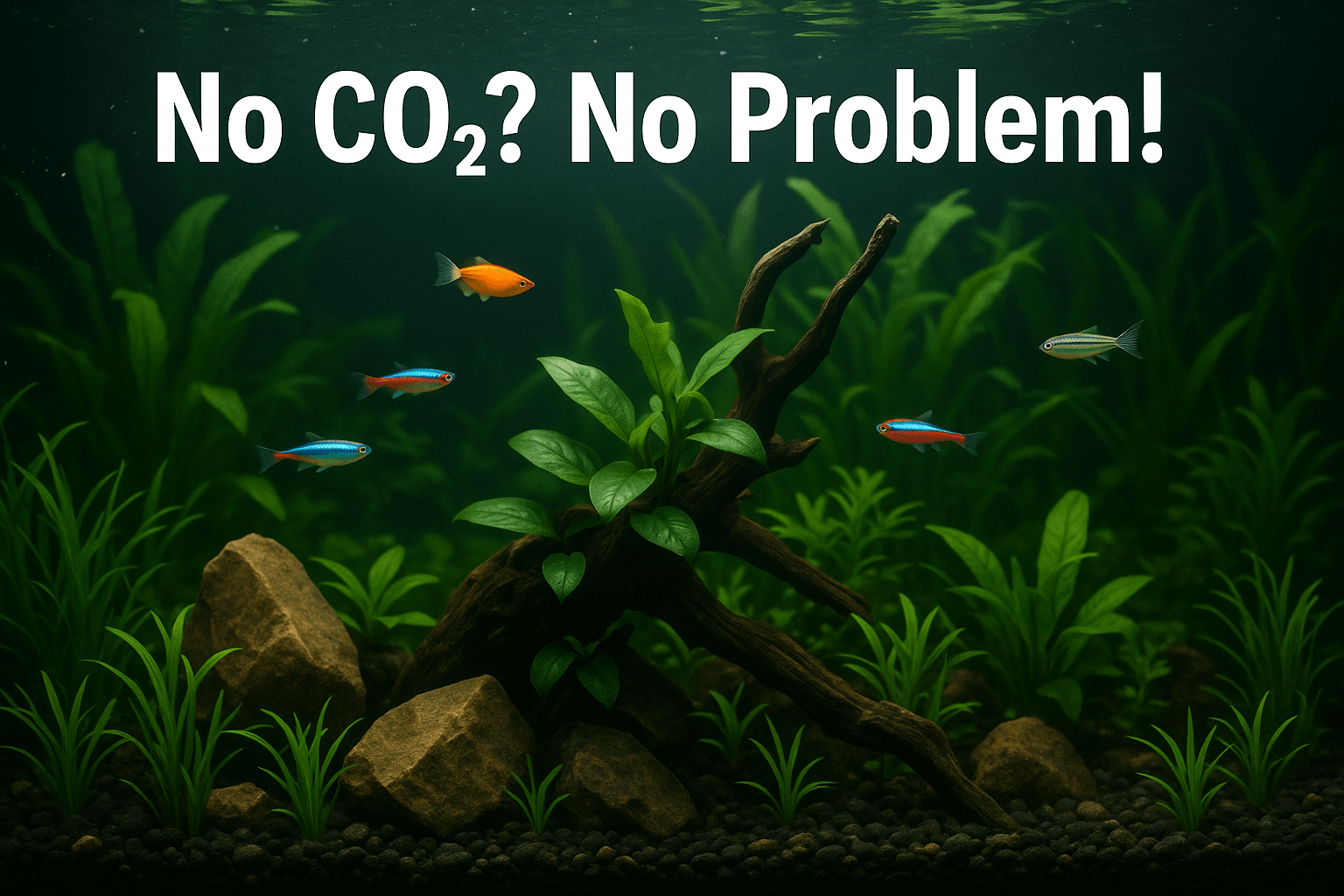
Aquarium Deep Cleaning & Maintenance there’s nothing more disheartening than watching your once-vibrant aquarium slowly transform into a murky, algae-ridden mess. Many beginner aquarists start with enthusiasm only to become overwhelmed when their underwater paradise begins to deteriorate. The truth? A stunning, healthy aquarium isn’t about luck-it’s about consistent, strategic maintenance. In this comprehensive guide, you’ll discover exactly how to create an effective cleaning schedule that will keep your aquatic friends thriving and your tank sparkling. Whether you’re struggling with cloudy water or simply want to level up your maintenance routine, these proven techniques will transform your aquarium care forever.
Understanding the Aquarium Ecosystem: Why Regular Maintenance Matters
Your aquarium is more than just a container with fish-it’s a delicate ecosystem where balance is everything. Without proper maintenance, waste products accumulate, harmful bacteria multiply, and water parameters fluctuate wildly.
Why do fish tanks get dirty so quickly? Unlike natural bodies of water, your aquarium is a closed system where nothing goes in or out unless you make it happen. Fish produce waste continuously, uneaten food decays, and plants shed organic material-all contributing to declining water quality.
Regular maintenance does more than just make your tank look good-it’s essential for your fish’s health and longevity. A well-maintained aquarium experiences fewer disease outbreaks, less algae growth, and more stable water parameters, creating an environment where your aquatic pets can truly thrive.
Aquarium Deep Cleaning & Maintenance: The 5-Minute Power Routine
Establishing a quick daily check can prevent small issues from becoming major problems. This simple routine takes just minutes but delivers tremendous benefits:
1. Visual Inspection
Every day, take a moment to:
- Check water temperature (note any fluctuations greater than 1°C)
- Verify all equipment is functioning properly
- Conduct a headcount of all fish
- Look for any signs of disease or stress in your fish
- Inspect for leaks in the tank or external filter
2. Quick Maintenance Tasks
- Remove any visible debris or uneaten food
- Top up evaporated water with treated water
- Remove any obvious waste or decaying material
Should I feed my fish every day? While most fish benefit from daily feeding, it’s better to slightly underfeed than overfeed. Excess food quickly deteriorates water quality and contributes to harmful ammonia spikes.
Read More: Beneficial Bacteria Every Fish Owner Should Know
Weekly Aquarium Maintenance: The 30-Minute Essential Routine
Weekly maintenance forms the backbone of your aquarium care regimen. Set aside 30 minutes once a week for these crucial tasks:
1. Test Water Parameters
Use a quality test kit to check:
- Ammonia (should be 0 ppm)
- Nitrite (should be 0 ppm)
- Nitrate (under 20 ppm is ideal)
- pH (stability is more important than the exact number)
Early detection of parameter shifts allows you to address problems before they affect your fish’s health.
2. Partial Water Change (25%)
- Use a gravel vacuum to remove debris while simultaneously extracting water
- Replace approximately 25% of the tank water with properly treated water of matching temperature
- Never change more than 25% at once, as this can disrupt beneficial bacteria colonies
3. Clean Aquarium Glass
- Use an algae scraper or pad to remove algae buildup from interior glass
- Clean exterior glass with aquarium-safe cleaner
4. Check and Clean Filter
- Rinse filter media gently in removed tank water-never under tap water, which kills beneficial bacteria
- Inspect for proper water flow and clear any blockages
Read More: Aquarium Maintenance Checklist
Monthly Deep Cleaning: The 1-Hour Comprehensive Maintenance
Once a month, schedule a more thorough maintenance session to address areas that don’t require weekly attention:
1. Deep Filter Maintenance
- Unplug heater and filter
- Remove filter media and rinse gently in aquarium water
- Clean impeller and housing to remove buildup
- Replace chemical media like activated carbon if used
2. Substrate Cleaning
- Vacuum gravel or substrate thoroughly, reaching areas missed during weekly cleanings
- For planted tanks, carefully vacuum around plant roots to avoid disturbance
3. Decoration and Equipment Maintenance
- Remove and clean decorations with hot water (never soap or household cleaners)
- Check and clean heater, removing any calcium deposits with vinegar if necessary
- Trim aquatic plants and remove decaying leaves
How do I know if I’m cleaning too much or too little? Your water parameters tell the story. If nitrate levels consistently rise above 40 ppm before your scheduled water change, increase frequency. If parameters remain stable with minimal maintenance, your schedule is working perfectly.
Quarterly Deep Overhaul: The 2-Hour Reset
Every three months, perform these more intensive maintenance tasks:
1. Thorough Equipment Examination
- Deep clean filter housing and replace mechanical media if necessary
- Check all seals, hoses, and connections
- Test heater accuracy against a reliable thermometer
2. Deeper Substrate Cleaning
- For heavily stocked tanks, consider a more thorough gravel vacuuming, reaching deeper into the substrate
- In planted tanks, gently work around root systems to remove detritus
3. Assess and Rebalance
- Evaluate plant growth and fish population
- Consider whether stocking levels remain appropriate for your filter capacity
- Adjust maintenance schedule based on tank maturity and stability
Is a complete tank breakdown ever necessary? For most home aquariums, complete breakdowns are counterproductive as they destroy beneficial bacterial colonies. Focus instead on consistent partial maintenance.
Essential Supplies for Effective Aquarium Maintenance
Building your maintenance toolkit ensures you’re always prepared:
- Quality water test kit (liquid tests are more accurate than strips)
- Gravel vacuum/siphon
- Algae scraper (appropriate for your tank material)
- Clean buckets dedicated solely to aquarium use
- Water conditioner to neutralize chlorine/chloramine
- Filter media and replacements
- Aquarium-safe glass cleaner
- Clean towels and sponges dedicated to aquarium use
Troubleshooting Common Maintenance Challenges
Even with perfect maintenance, issues can arise. Here’s how to address them:
Why is my water cloudy despite regular cleanings? Cloudiness often indicates a bacterial bloom from overfeeding, overstocking, or disrupted biological filtration. Reduce feeding, check for dead fish, and avoid cleaning biological media too thoroughly.
How do I handle persistent algae problems? Balance lighting (8-10 hours maximum), control nutrients through more frequent water changes, and consider adding fast-growing plants to compete with algae for resources.
My fish seem stressed after water changes. What’s wrong? Ensure new water matches tank temperature exactly, and always use water conditioner. Consider testing your tap water, as parameters may differ significantly from your tank water.
Conclusion: Your Path to Aquarium Success
Maintaining a healthy, beautiful aquarium isn’t complicated-it’s simply about consistency and understanding your tank’s unique needs. By implementing the daily, weekly, monthly, and quarterly maintenance schedules outlined above, you’ll create an environment where your aquatic companions can thrive.
Remember that each aquarium develops its own rhythm. As you gain experience, you’ll become attuned to your tank’s specific requirements and can adjust your routine accordingly. The reward for your diligence will be a stunning underwater world that brings joy and tranquility to your home for years to come.
Don’t wait for problems to appear-start your optimized maintenance schedule today and watch your aquarium transform from good to extraordinary!Notes Section


